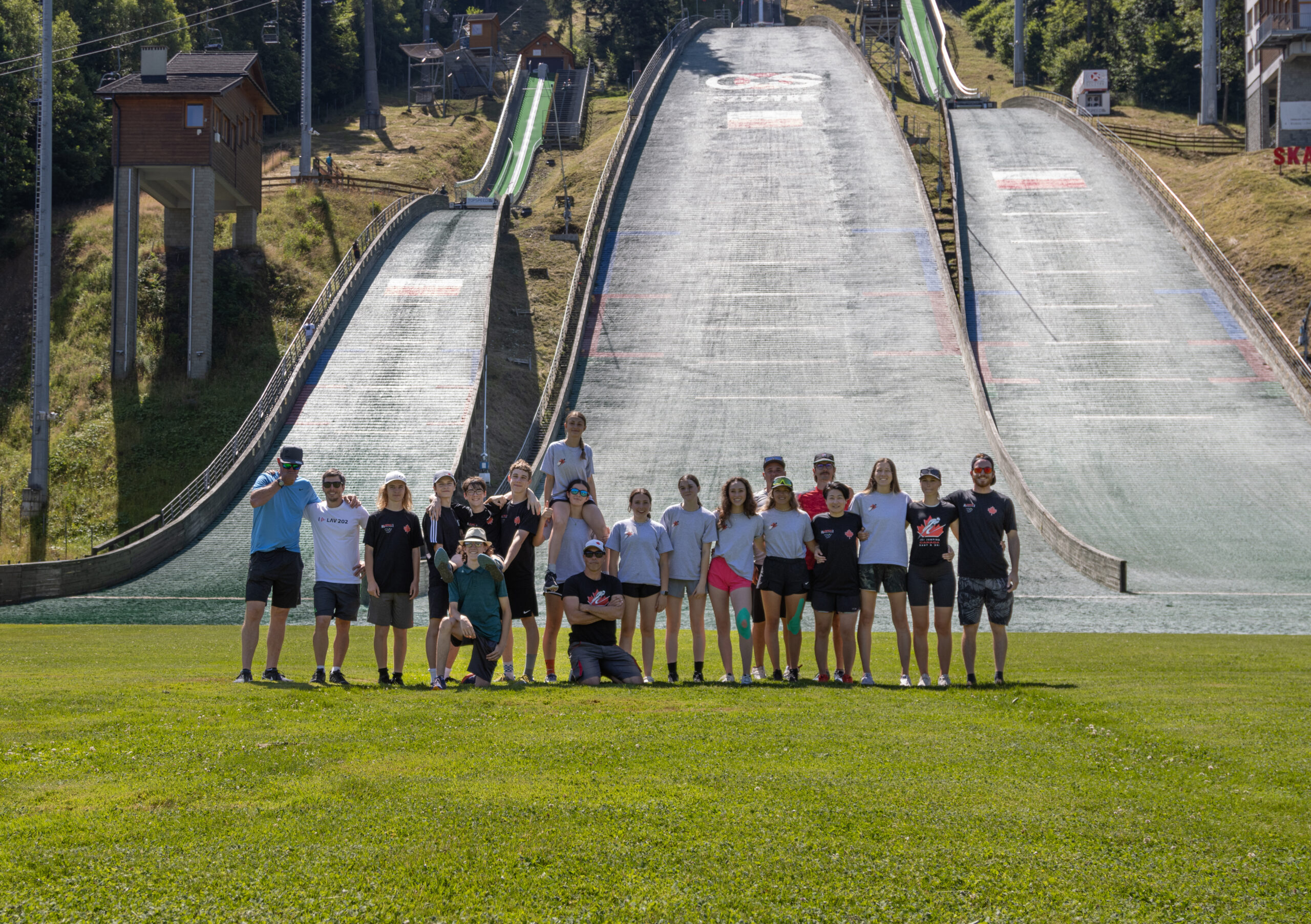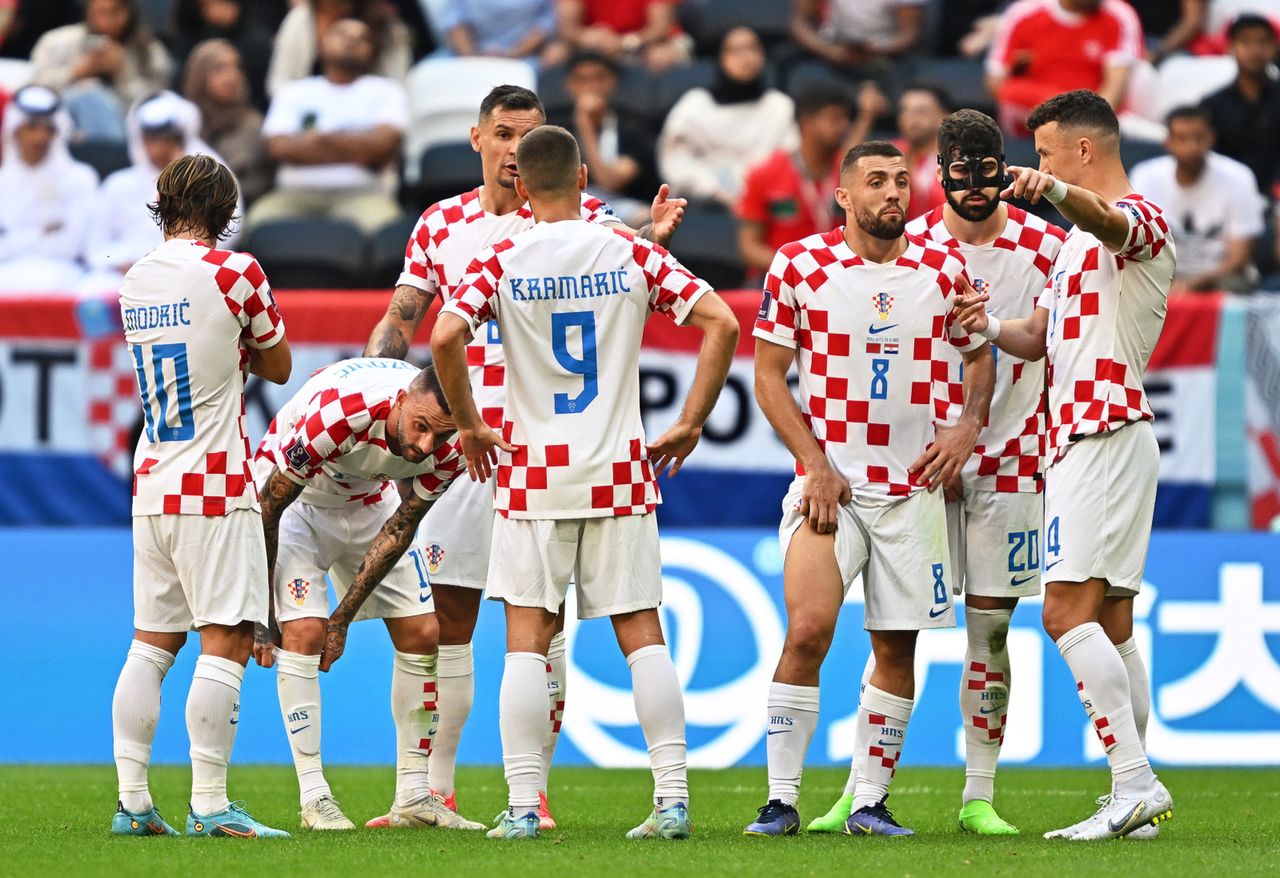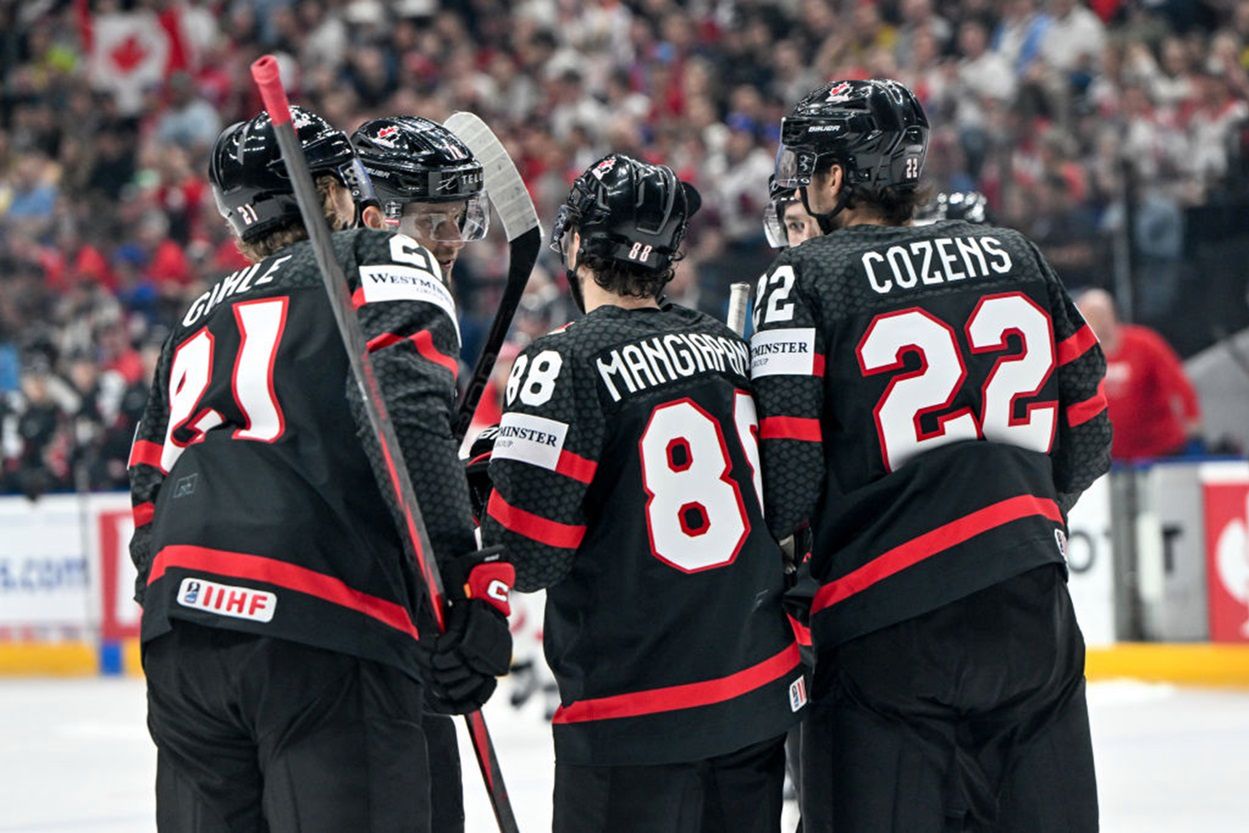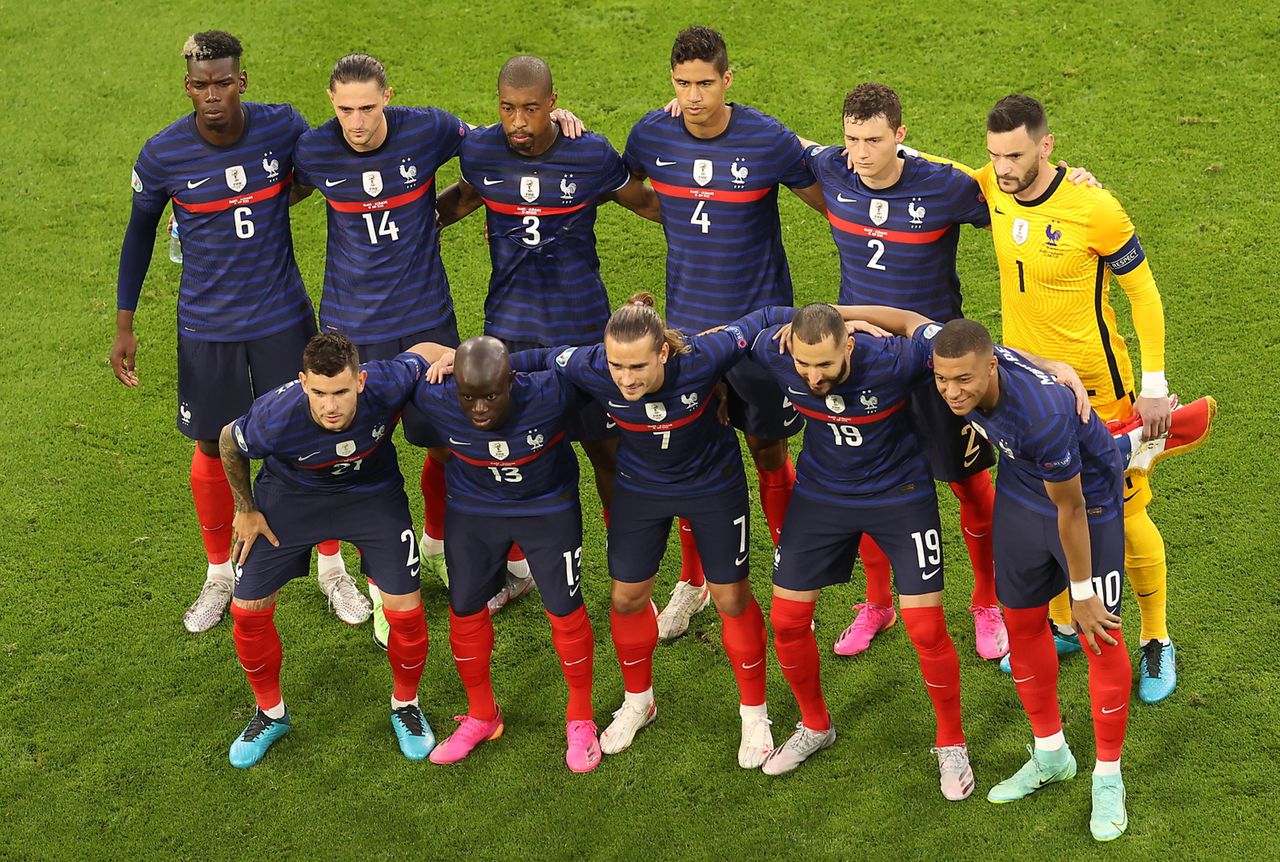Although the Canadians don’t have a place in the country to prepare for the season, they have a big heart for jumping. Now they want to pass on their passion to young people, show them professional facilities and at the same time ensure that there is no lack of successors of their successes. Joining forces with clubs and… a training camp in Poland will help with that.
Canada, the country of the maple leaf, is renowned for its winter sports. The cradle of hockey, very popular since the beginning of this discipline. Unfortunately, the same cannot be said for ski jumping in Canada. When Calgary’s ski jumping hill was closed, young athletes were deprived of opportunities to practice the sport. Despite the lack of infrastructure for practicing ski jumping, the motivation of young players continues to grow. Abigail Strate or Alexandria Loutitt have proven that enormous motivation is enough to move mountains. Currently, girls are seen as role models among young ski jumpers in Canada. In order to help younger colleagues and alleviate some of the problems associated with the lack of infrastructure, the National Women’s Team has decided to partner with three Canadian clubs. Juniors and ladies came to Szczyrk to improve, and our editorial team had the pleasure of documenting it.
A few days spent in the Beskids was an incredible experience for a new generation of ski jumpers from Canada. Many of them jumped for the first time on a real object, and not on a snow-capped mountain. – It’s very exciting for us because Szczyrk is one of the best facilities in the world. We don’t have a hill in Canada, so being able to see and compare means a lot to our athletes. For me, occupying a new position and coaching the younger generation is also exciting he said Rogan Reidwho is now with Nigel Lauchlan And Atsuko Tanaka training young players. However, in the past they have had the opportunity to jump to Szczyrk as competitors participating in FIS Cup cycles.
Although it does not have a very impressive tradition in ski jumping, Canada, compared to the leading nations in this discipline, has an incredible bond between the best national team players and the juniors. Watching their work during training in Szczyrk, it was impossible to notice the valuable advice given by the players of the team to the young players. Their “team spirit” is so strong that there is absolutely no distance between the members of the national team and the juniors who are starting their adventure. The players themselves, as well as the national team coaching staff, try to make everyone feel on an equal footing with the national team members, and the camp has a function that provides opportunities for development. – It’s our first summer camp and I think it’s really important that these kids come here and see us and see that we’re just human, we’re like them and we also have to make sacrifices to keep playing this sport. – said Abigail Stratéwith who Alexandria Loutitt won a bronze medal in mixed doubles in Beijing.

Abigail and Alexandria are helping to make ski jumping even more famous in Canada, so that the younger generation of Canadians entering the world of ski jumping doesn’t have to go through what they went through at the start of their careers. – I think it’s more realistic for them to watch someone who is the same age and generation as them. This allows them to better understand and connect with me. I think it’s really good to be an intermediary between the national team and the youngsters. Abi has helped me a lot with that, she and I have talked a lot with young players trying to make that connection, even if it’s just text, Snapchat or Instagram. Having that personal relationship with them is very important because it really helps you grow. I have spoken to many athletes from other countries who were once the leading nations in ski jumping and who are now struggling with various issues. And that’s where they got it wrong, the big stars, the big athletes never came home, they didn’t come back to support their clubs, they were selfish, that’s why we have to support young athletes. The more people are excited about ski jumping, the more likely we are to get facilities back into service in Canada and fund clubs – explains Loutitt, who is the current world champion for juniors and seniors on the large hill.

The Szczyrk camp was primarily the initiative of the female personnel mentioned above. The main objective is to create a link between clubs and staff. The result of this cooperation are t-shirts with the slogan “Maple Girls” [przypis red. Klonowe dziewczyny] and meaningful graphics that all the athletes wore proudly on the hill. It turned out that the club’s players came up with the name and created the shirts. – These t-shirts were a gift we got with Nicole and Abi. The main goal of this camp is to create a bond between Canada’s young players and us, because there was none before. We all struggled with the same issues when we arrived at the national team. We didn’t even know anyone. We never saw them, maybe once at an event where they were talking and we couldn’t really get to know them. This project aims to create a stronger bond with our community in Canada. I think it can be very supportive because when you have that support early on, you really have a chance to grow. You have help that doesn’t just come from money or from people above you. It’s the one behind you, you have that someone chasing you to run faster. – says Alex, who before joining the national team lived in the basement of a house in Germany so that he could jump on real objects in Europe.
Bonding is not only the main goal of cooperation between juniors and staff. During the camp, staff members had the opportunity to conduct something similar to warm-up and stretching workshops. These two elements are one of the important fragments in the preparation of the jump. – The workshops we have conducted are more of a “watch and participate” approach. We stretch and the young people watch, without deliberately telling them what to do. But when you look at them, you see that they are doing the same thing as us. For us, it’s always training camp, we do our job and the kids watch what we do. said Abigail Strate.
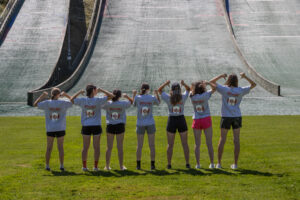
The stay in Szczyrk will surely be remembered for a long time by both club players, who could feel like full-fledged jumpers training on real facilities, and coaches, for whom it is also an opportunity to improve their coaching skills. – We have a national team here, we have coaches who coach us a bit, Nigel and I share ideas. They were also our coaches, so we have the same common language, the same approach to athletes. It’s time to get to know everyone better. There are no unfamiliar faces. daughters of national team players more or less acted as mentors to young athletes and made them feel part of the team, as seen on their jerseys. We are a small ski jumping nation, but we are one big family. says Rogan Reid, 26, who begins his adventure as a coach.
Ewa Skrzypiec
Szczyrk correspondence

“Web specialist. Social media ninja. Amateur food aficionado. Alcohol advocate. General creator. Beer guru.”

